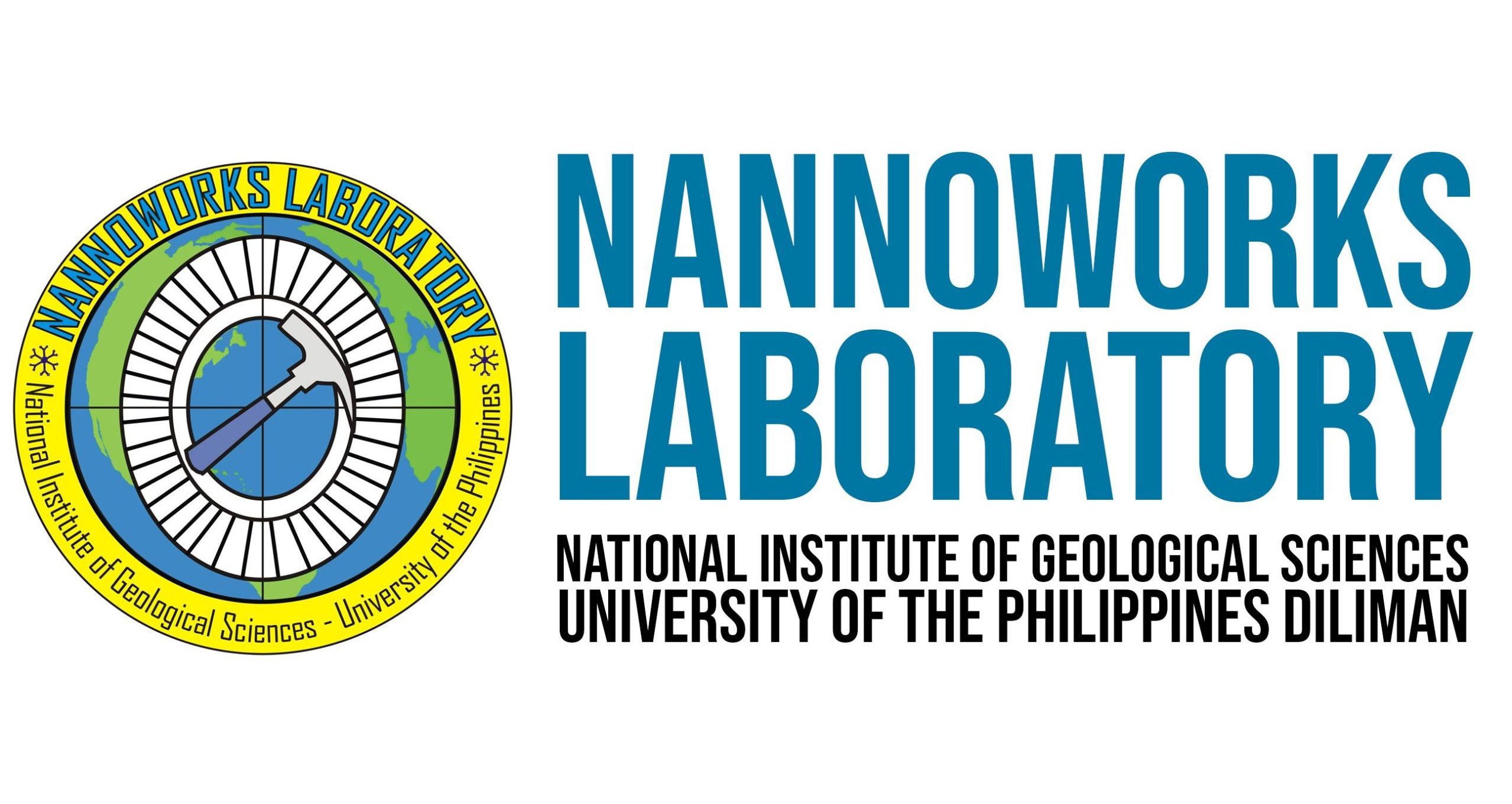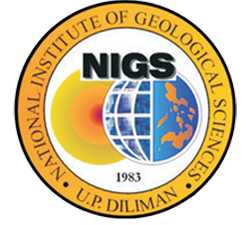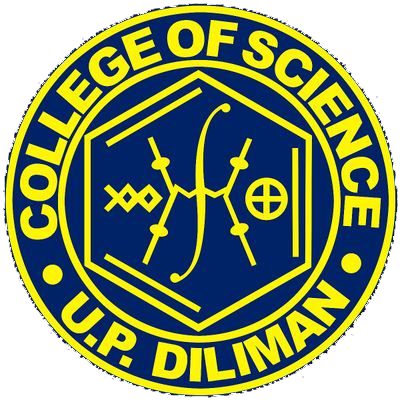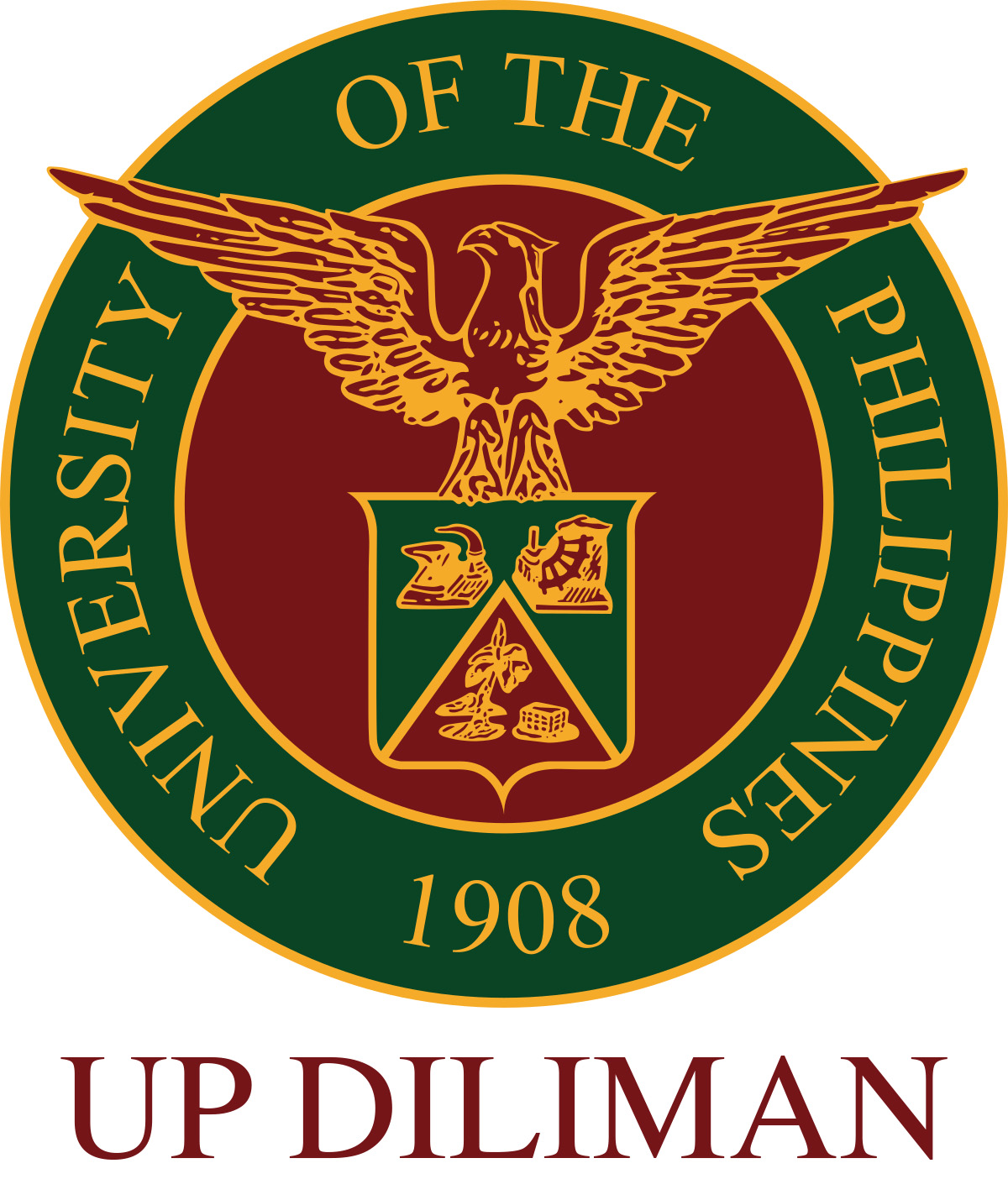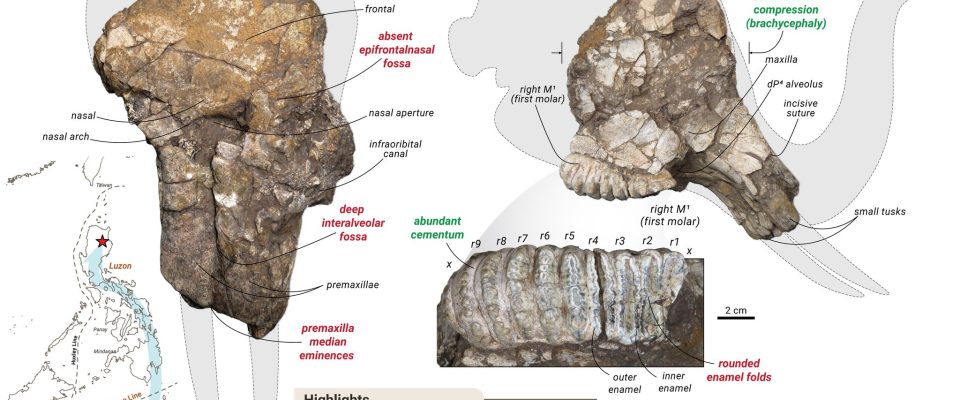A new study published in Palaeogeography, Palaeoclimatology, Palaeoecology, titled “Island-hopping across the Wallace Line: A new Pleistocene Stegodon fossil skull from Luzon (Philippines) reveals dispersal links to Wallacea”, marks a milestone in Philippine paleontology. Authored by Meyrick U. Tablizo, Gerrit D. van den Bergh, and Allan Gil S. Fernando, the paper presents the first formal description of a Stegodon skull from the Philippines.
The fossil was discovered in 2020 in Lannig, Solana (Cagayan Province), within deposits of the Awidon Mesa Formation (ca. 788,000–1,000,000 years old). Unlike earlier Philippine finds, mostly isolated teeth and bone fragments, this specimen preserves a deformed skull with two tusk stumps and a right molar (M1) notable for its narrow shape, tall crown, and unusually high number of ridges. The individual was likely a late juvenile, intermediate in size, and probably just a little taller than today’s average Filipino.
Comparisons show that the Lannig Stegodon belongs to the Stegodon trigonocephalus group, closely resembling Wallacean forms such as Stegodon florensis florensis from Flores and Stegodon sp. B from Sulawesi and Sangihe. These findings provide rare evidence that large mammals once dispersed between the Philippines and Wallacea, crossing the biogeographic barrier known as the Wallace Line.
This discovery also suggests that Luzon may have supported more than one Stegodon form, underscoring the need for a systematic review of all known Stegodon fossils from the island. Beyond taxonomy, the find enriches our understanding of how prehistoric animals navigated the deep-water channels of Island Southeast Asia, reshaping ideas about ancient migration routes.
Now housed at the Cagayan Museum and Historical Research Center in Tuguegarao City, the Lannig Stegodon skull is more than a fossil, it is tangible evidence of ancient island-hopping journeys and the deep prehistory of Philippine megafauna.

Read the paper here (subscription access): https://doi.org/10.1016/j.palaeo.2025.113186
Free access until October 2, 2025: https://authors.elsevier.com/a/1lbX573N%7EI72j
